Give Feedback
Give Feedback Option
Hello! Please take a screenshot and email it to educationsimplify@gmail.com.
Email screenshot to: hellofromeducatesimplify@gmail.com
About this course:
✅ No tests – instant certificates (ONE survey question ONLY @ the end)
✅ Instant access to all courses
✅ Includes Wound Care Bundle courses
✅ Discount to Hospital Fire Safety Online Course
✅ Approved by the BVNPT | CE Provider #V15133
Price: $50.00
Includes:
Substance Use Disorders
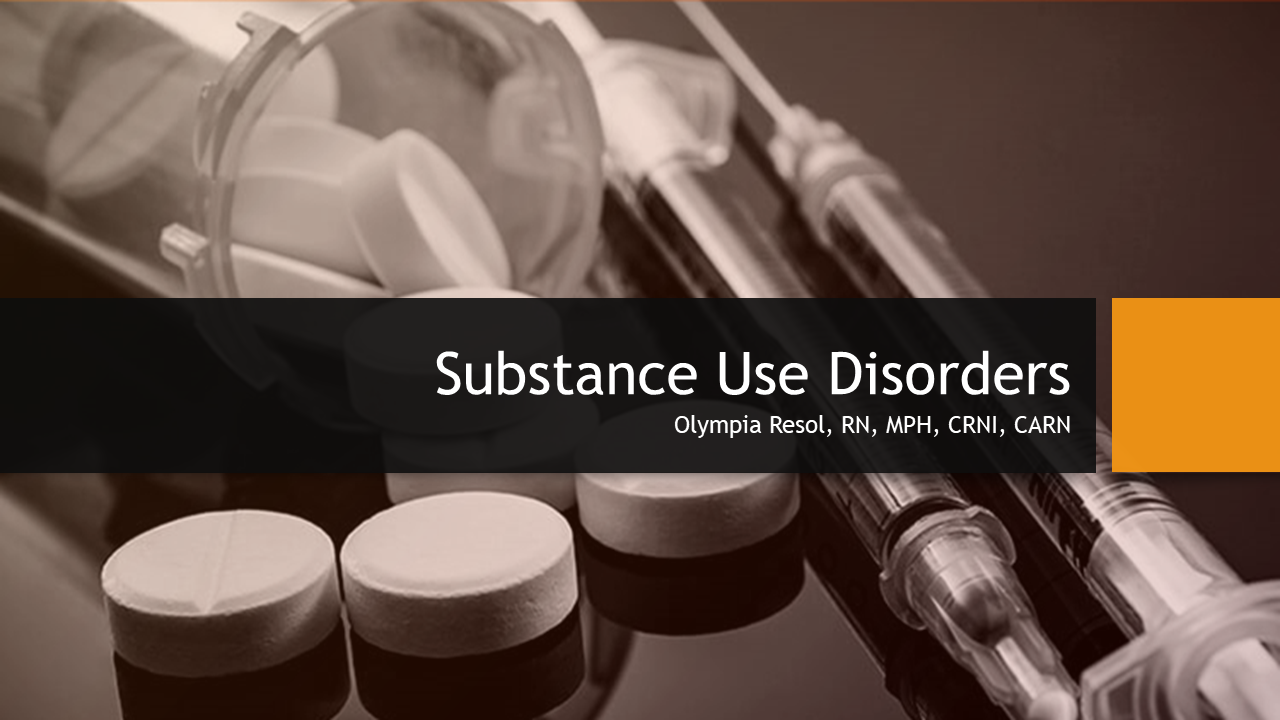
ONE survey question ONLY @ the end
LEARNING OUTCOMES- Describe trends in the epidemiology of substance use in the United States.
- Identify principles of preventing substance use disorders.
- Describe the components of an assessment for substance use disorders.
- Summarize the treatment approaches for patients with a substance use disorder.
View More
ONE survey question ONLY @ the end
LEARNING OUTCOMES
- Describe trends in the epidemiology of substance use in the United States.
- Identify principles of preventing substance use disorders.
- Describe the components of an assessment for substance use disorders.
- Summarize the treatment approaches for patients with a substance use disorder.
What is Addiction?
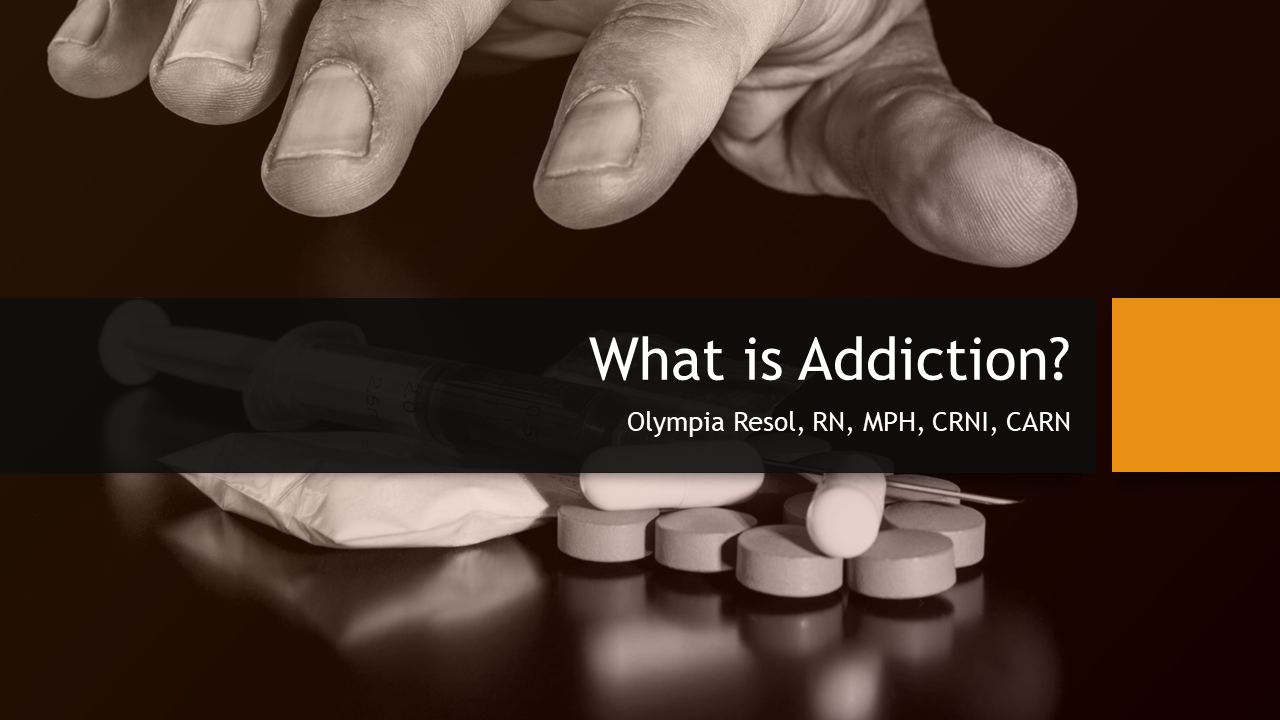
ONE survey question ONLY @ the end
Course OverviewOur Epidemiology, Causes and Risk Factors of Addiction course discusses diagnosing substance use disorders.It offers a brief overview of medications used to counteract the effects of withdrawal. It also provides a detailed look on the medications used to treat opioid, alcohol and tobacco use disorders.
View More
ONE survey question ONLY @ the end
Course Overview
Our Epidemiology, Causes and Risk Factors of Addiction course discusses diagnosing substance use disorders.
It offers a brief overview of medications used to counteract the effects of withdrawal. It also provides a detailed look on the medications used to treat opioid, alcohol and tobacco use disorders.
Substance Use Disorder in Nurses
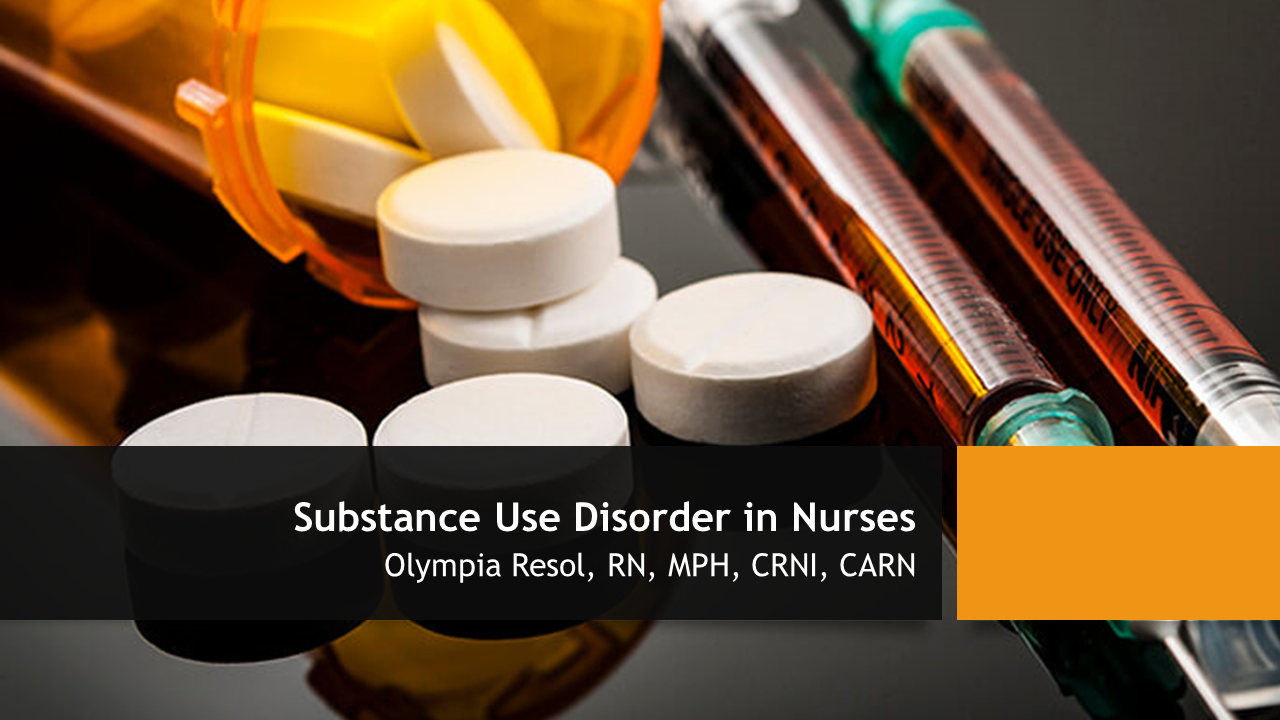
ONE survey question ONLY @ the end
The Diagnostic and Statistical Manual of Mental Disorders (DSM-5) defines substance use disorder as “a cluster of cognitive, behavioral, and physiological symptoms indicating that the individual continues using the substance despite significant substance-related problems” (American Psychiatric Association, 2013). The DSM-5 identifies four groupings of criteria that are characteristic of the disorder (American Psychiatric Association, 2013).
View More
The Diagnostic and Statistical Manual of Mental Disorders (DSM-5) defines substance use disorder as “a cluster of cognitive, behavioral, and physiological symptoms indicating that the individual continues using the substance despite significant substance-related problems” (American Psychiatric Association, 2013). The DSM-5 identifies four groupings of criteria that are characteristic of the disorder (American Psychiatric Association, 2013).
Opioids-Improving and Promoting Safe Prescription
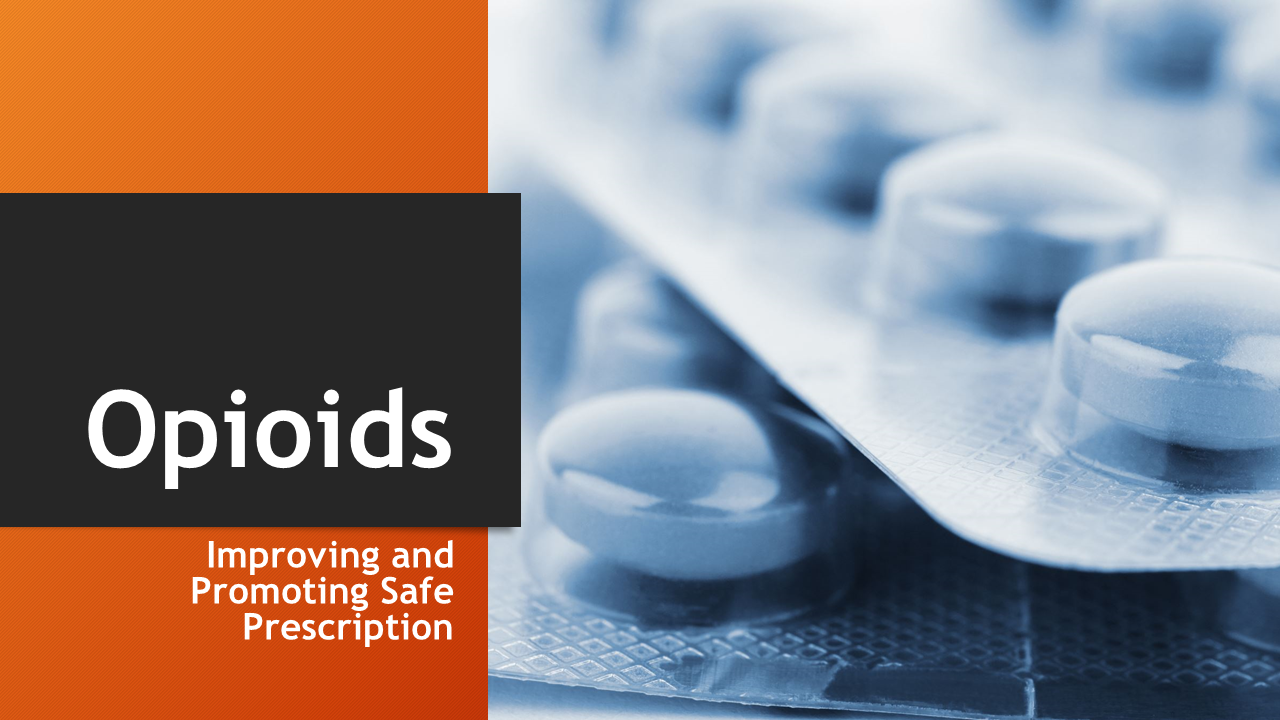
ONE survey question ONLY @ the end
Opioids are a class of drugs that include the illegal drug heroin, synthetic opioids such as fentanyl, and pain relievers available legally by prescription, such as oxycodone (OxyContin®), hydrocodone (Vicodin®), codeine, morphine, to mention a few.
View More
ONE survey question ONLY @ the end
Opioids are a class of drugs that include the illegal drug heroin, synthetic opioids such as fentanyl, and pain relievers available legally by prescription, such as oxycodone (OxyContin®), hydrocodone (Vicodin®), codeine, morphine, to mention a few.
Naloxone: The Opioid Reversal Drug that Saves Lives
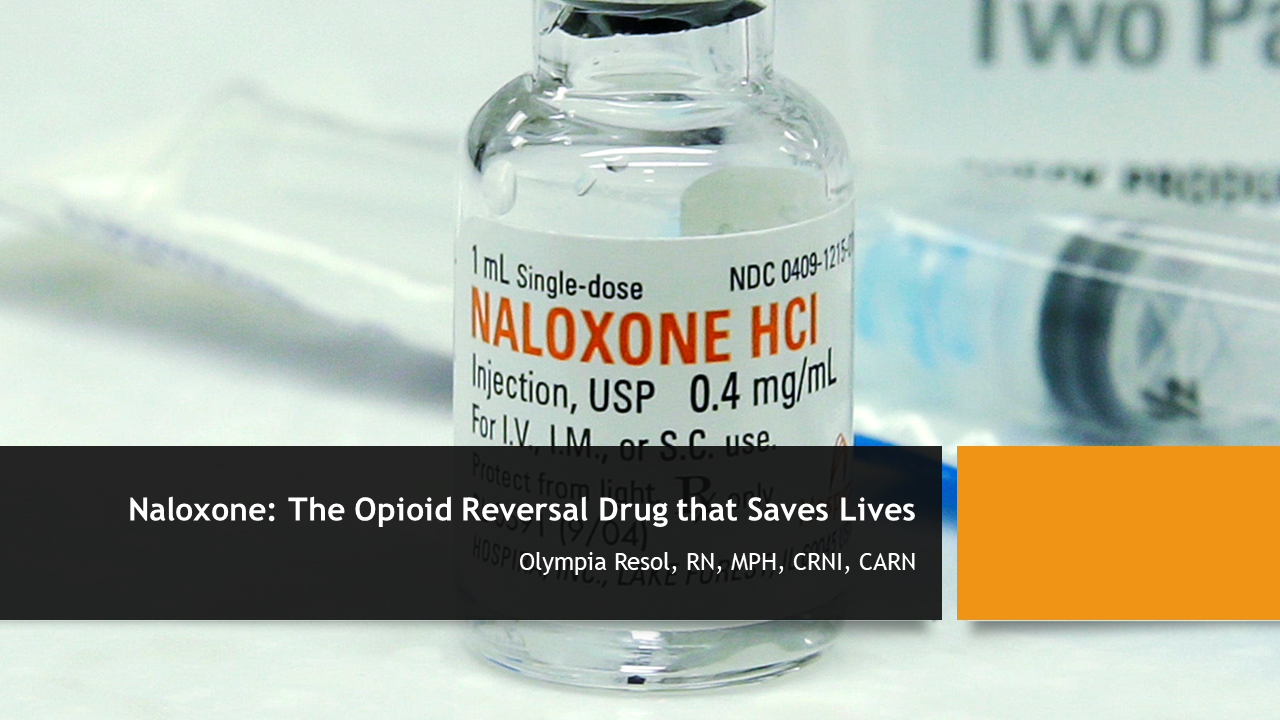
ONE survey question ONLY @ the end
Objectives:Discuss the risk-benefit relationship related to the use of opioids to treat chronic pain;Compare the potency of fentanyl relative to heroin;State the most common reason cited for mis-using prescription opioid products;Characterize the key sign of opioid overdose;State the main safety concern associated with the use of naloxone as an antidote for opioid overdose;Name one positive outcome conclusively associated with increasing the availability of naloxone.
View More
ONE survey question ONLY @ the end
Objectives:
Discuss the risk-benefit relationship related to the use of opioids to treat chronic pain;
Compare the potency of fentanyl relative to heroin;
State the most common reason cited for mis-using prescription opioid products;
Characterize the key sign of opioid overdose;
State the main safety concern associated with the use of naloxone as an antidote for opioid overdose;
Name one positive outcome conclusively associated with increasing the availability of naloxone.
Opioid Use & Chronic Pain

ONE survey question ONLY @ the end
IntroductionHistorically, prescribers limited the use of opioids for pain management solely to patients with acute or cancer-related pain. Over time, the use of opioids to treat many types of pain has increased to dangerously high levels (Berland, 2012). This shift does not come without controversy, as considerable debate continues regarding the appropriate use of these potent, and potentially addictive medications (Ault, 2015). The increase in opioid prescribing is staggering: In 1991, approximately 76 million opioid prescriptions were written in the United States, and by 2013 this figure jumped to nearly 207 million. The United States is the world’s largest consumer of these medications, cornering nearly 100% of the global hydrocodone demand, and 81% of the demand for oxycodone (NIH, 2014). Of the estimated 24.6 million U.S. citizens (i.e., 9.4% of the population 12 and older) suffering from substance abuse, approximately 1.9 million people abuse or are dependent on prescription opioid drugs. Addiction occurs in every state, county, socio-economic, and ethnic group (ASAMOAD, 2016). Due to this surge in the use of prescription narcotics, 53 people in the U.S. die each day of a prescription opioid overdose (CDC, 2018).
View More
ONE survey question ONLY @ the end
Introduction
Historically, prescribers limited the use of opioids for pain management solely to patients with acute or cancer-related pain. Over time, the use of opioids to treat many types of pain has increased to dangerously high levels (Berland, 2012). This shift does not come without controversy, as considerable debate continues regarding the appropriate use of these potent, and potentially addictive medications (Ault, 2015). The increase in opioid prescribing is staggering: In 1991, approximately 76 million opioid prescriptions were written in the United States, and by 2013 this figure jumped to nearly 207 million. The United States is the world’s largest consumer of these medications, cornering nearly 100% of the global hydrocodone demand, and 81% of the demand for oxycodone (NIH, 2014).
Of the estimated 24.6 million U.S. citizens (i.e., 9.4% of the population 12 and older) suffering from substance abuse, approximately 1.9 million people abuse or are dependent on prescription opioid drugs. Addiction occurs in every state, county, socio-economic, and ethnic group (ASAMOAD, 2016). Due to this surge in the use of prescription narcotics, 53 people in the U.S. die each day of a prescription opioid overdose (CDC, 2018).
Assessing and Preventing Suicide
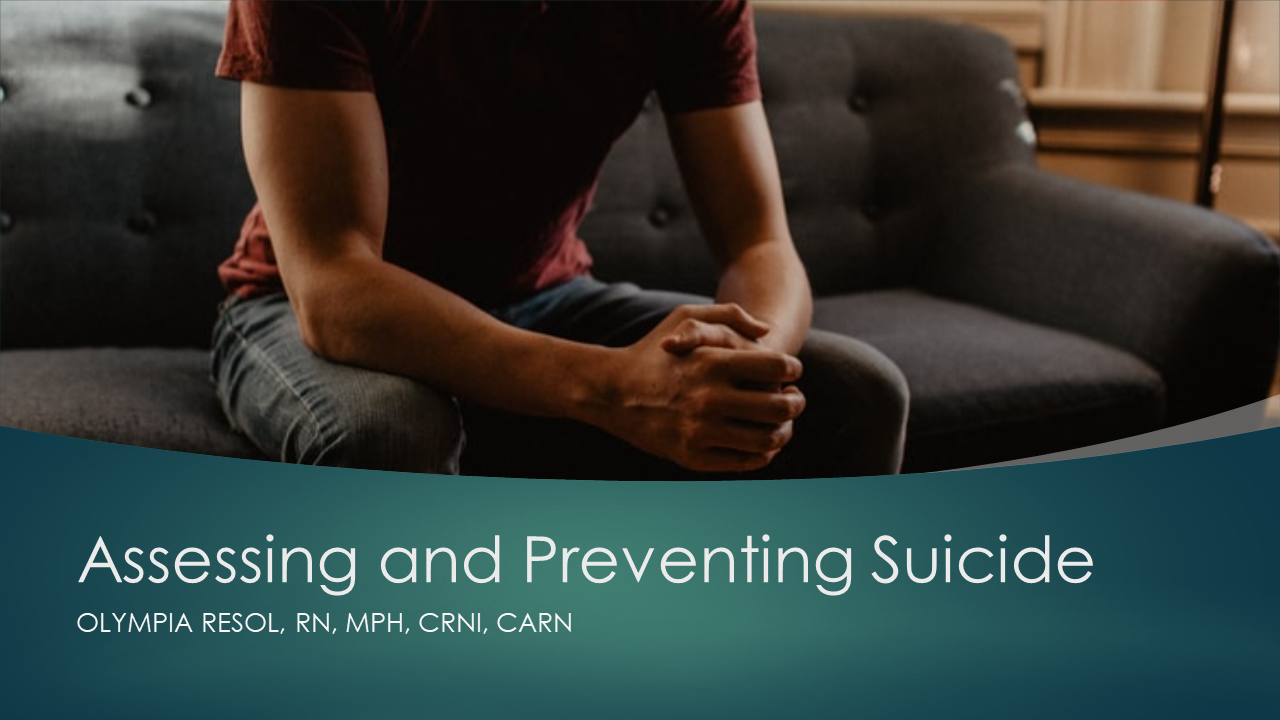
ONE survey question ONLY @ the end
Our Assessing and Preventing Suicide course is intended for healthcare professionals who deal with at-risk individuals and those with history of suicide attempt/s.
View More
Mental Health Emergencies
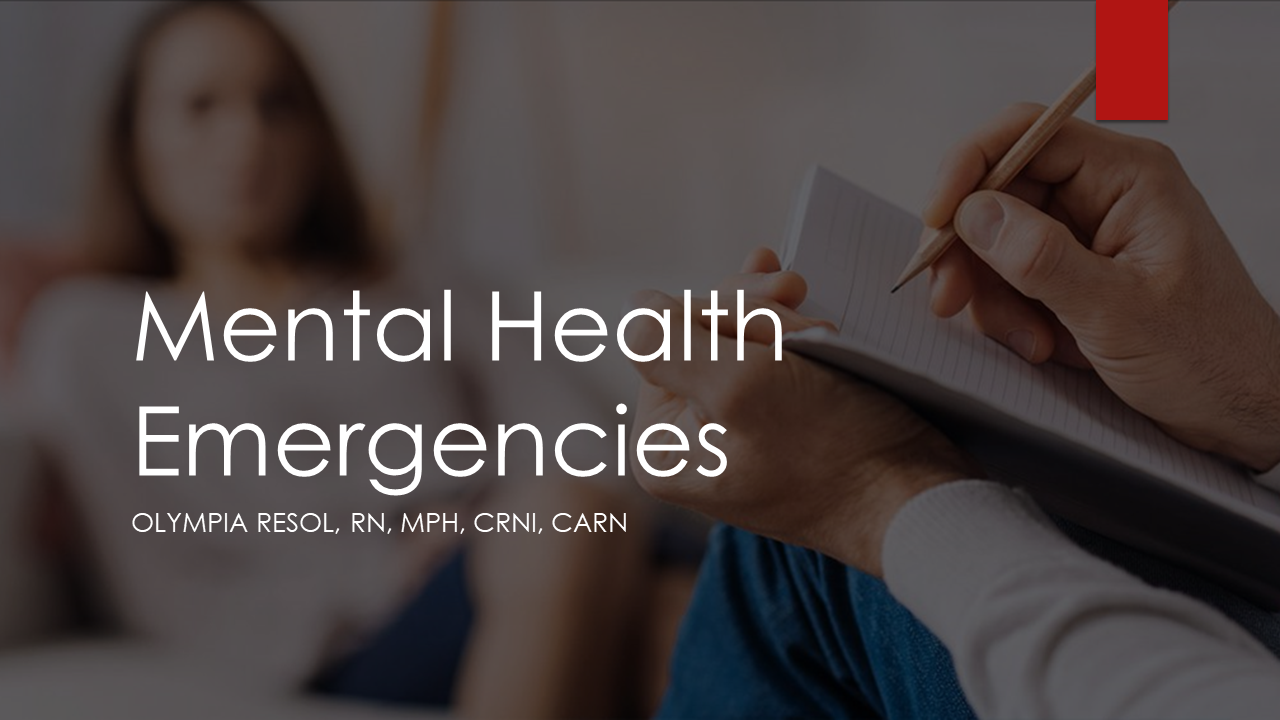
ONE survey question ONLY @ the end
Our Mental Health Emergencies course aims to teach students various neurological and mental health emergencies and what to do when they occur.
View More
Identifying & Reporting Child Abuse
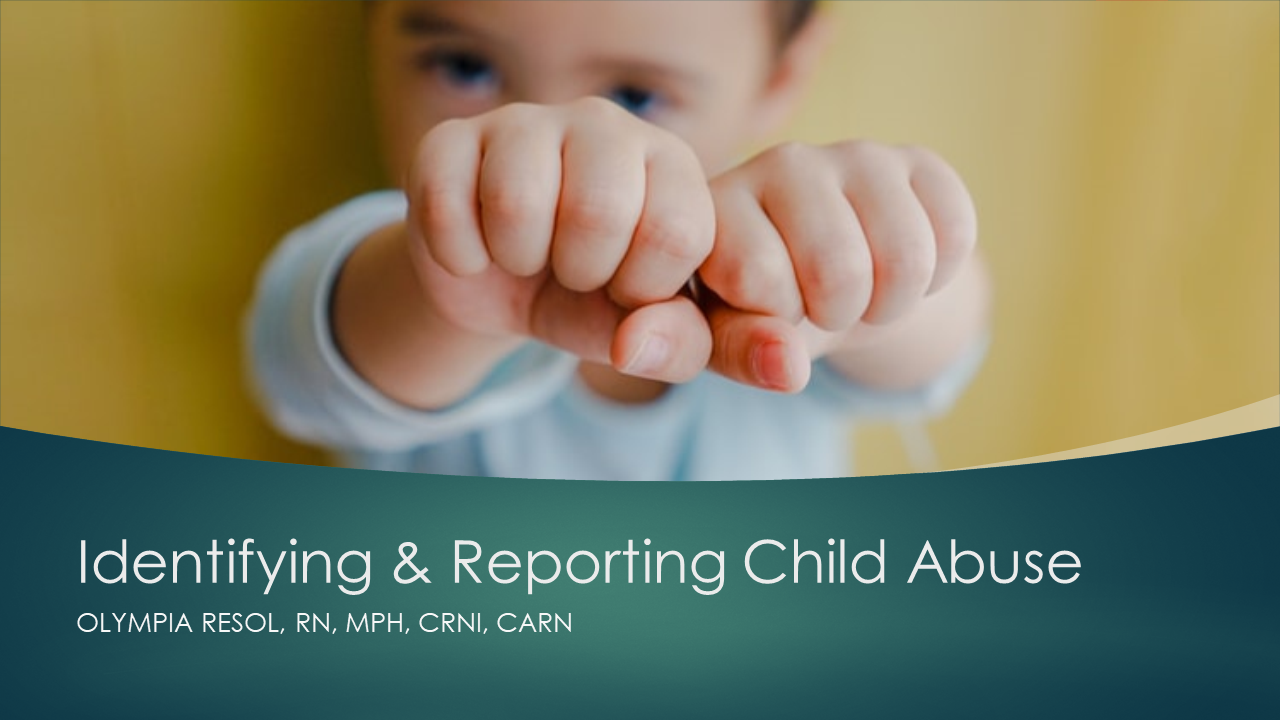
ONE survey question ONLY @ the end
Identifying & Reporting Child Abuse aims to teach students how to effectively assess, identify, intervene and report cases of child abuse.
View More
How to Respond to an Assault
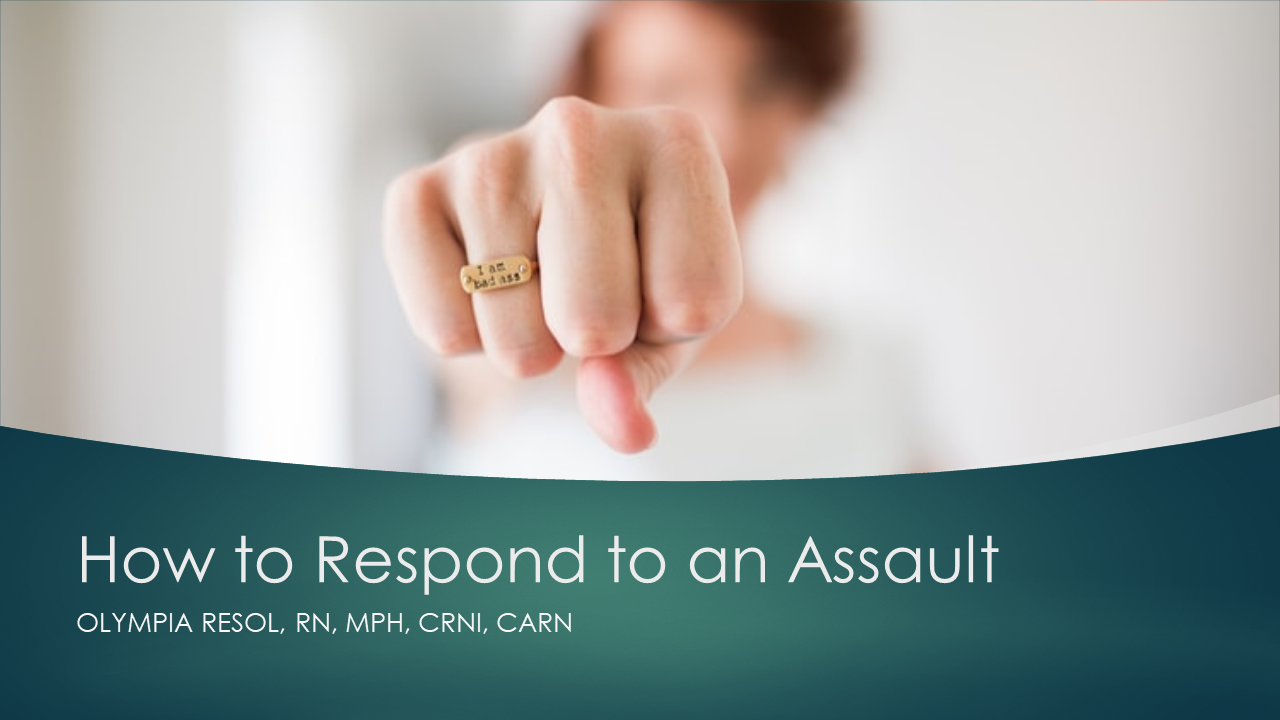
ONE survey question ONLY @ the end
Our How to Respond to an Assault course seeks to equip our students with the essential skills to utilize during an assault.
View More
Sexual Harassment in the Workplace
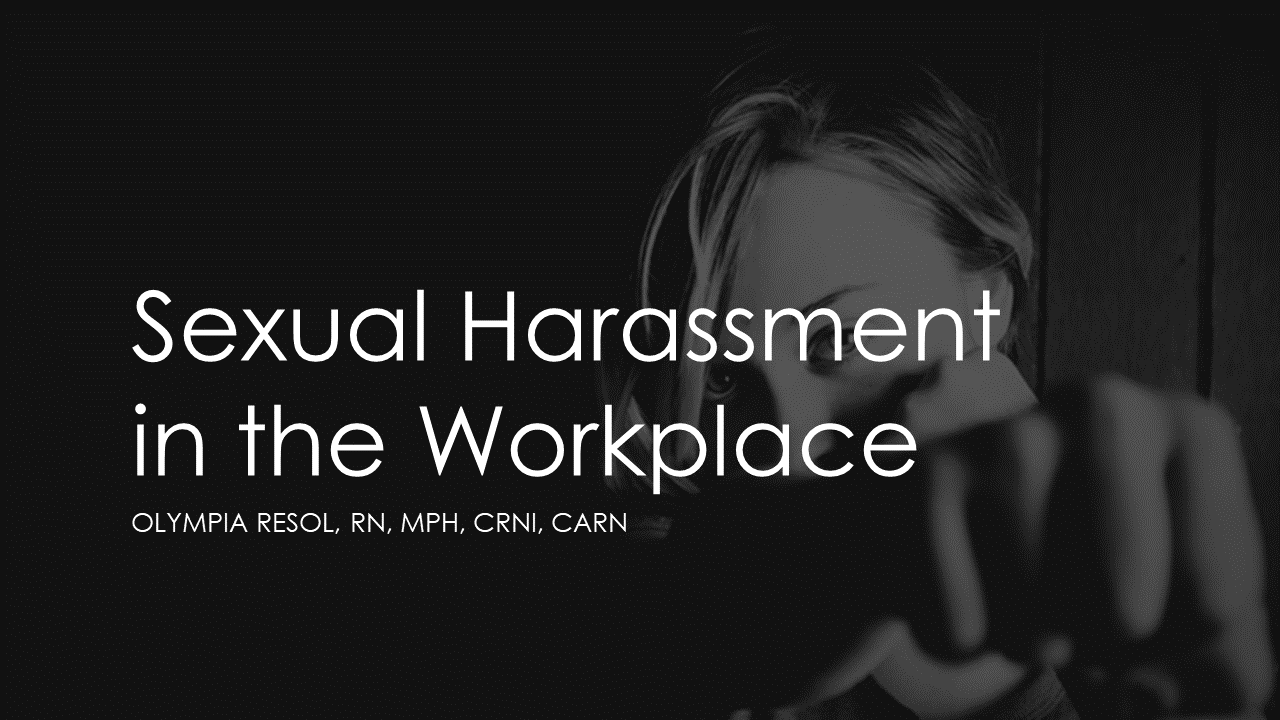
ONE survey question ONLY @ the end
Our Sexual Harassment in the Workplace course aims to define, explain the impact, demonstrate how to report, intervene and prevent sexual harassment in the workplace.
View More
Communication Concepts for Health Professionals
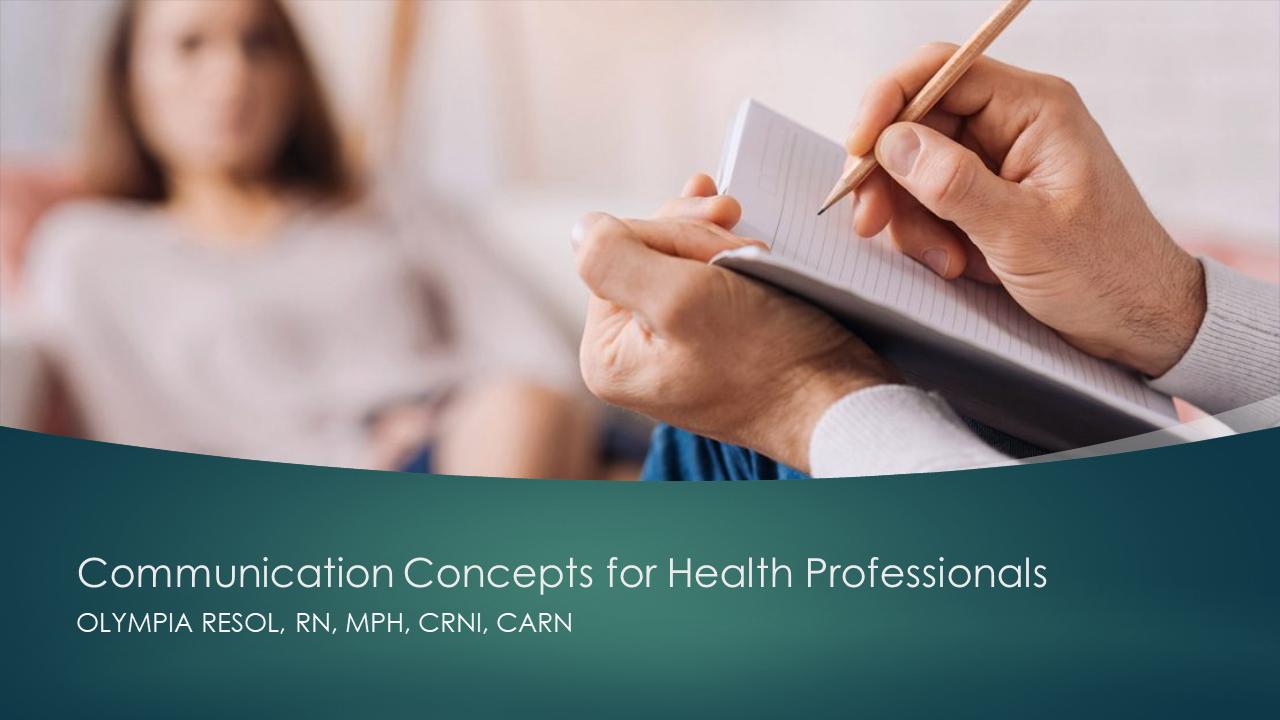
ONE survey question ONLY @ the end
Our Communication Concepts for Health Professionals course seeks to improve the student’s communication skills in their respective workplace.
View More
How to Deal with Patients with Mental Disorders
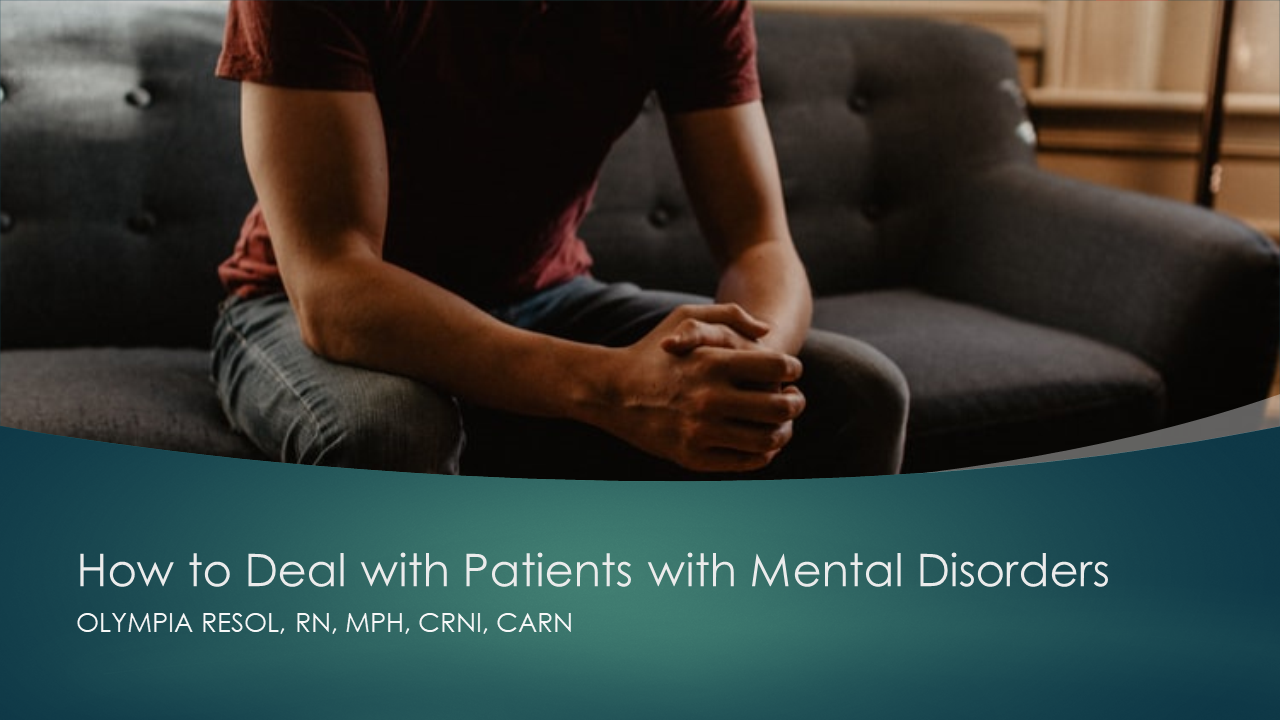
ONE survey question ONLY @ the end
Our How to Deal with Patients with Mental Disorders aims to equip students with the skills to effectively communicate with patients with mental health disorders.
View More
What is the Code of Ethics for Nurses?
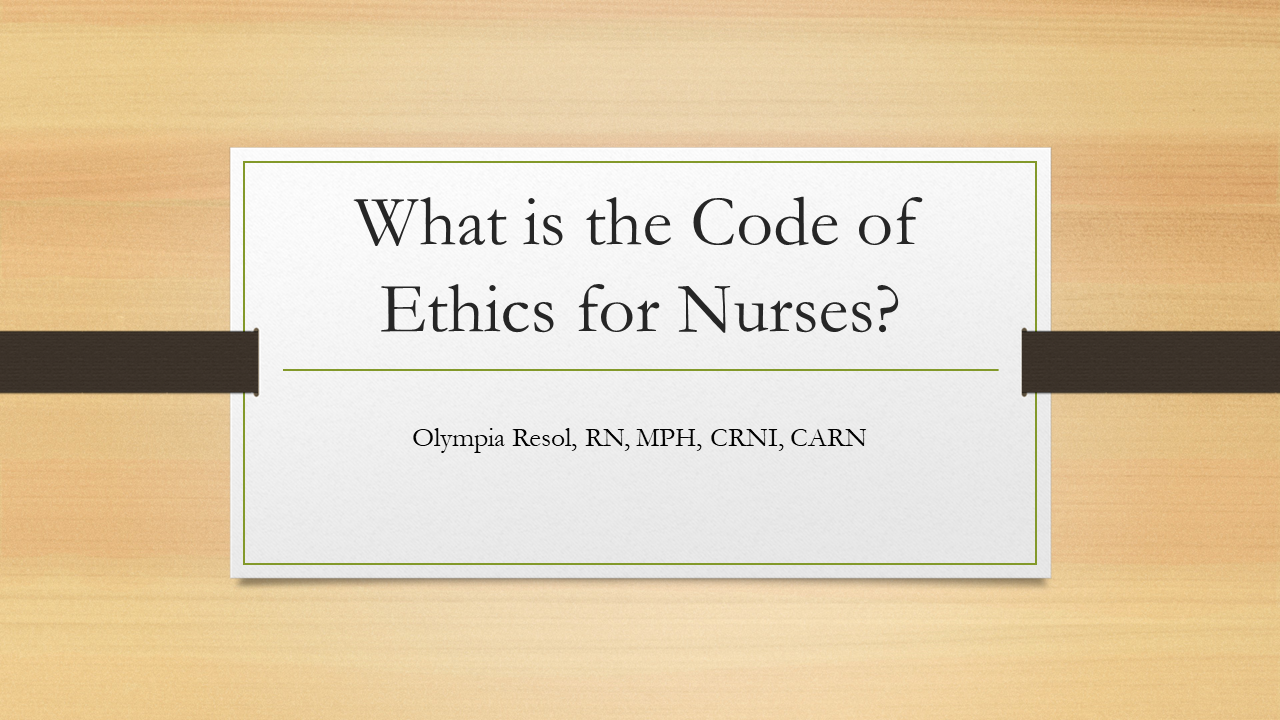
ONE survey question ONLY @ the end
At the end of the course, the student should be able to:
- Outline the history of the nursing code of ethics;
- Identify the four (4) principles of ethics in the nursing profession;
- Distinguish the nine (9) main provisions of the American Nurses Association (ANA) Code of Ethics for Nurses;
- Lastly, the student should be able to understand how nurses use the ANA Code of Ethics.
View More
IV Therapy Series Taking Orders
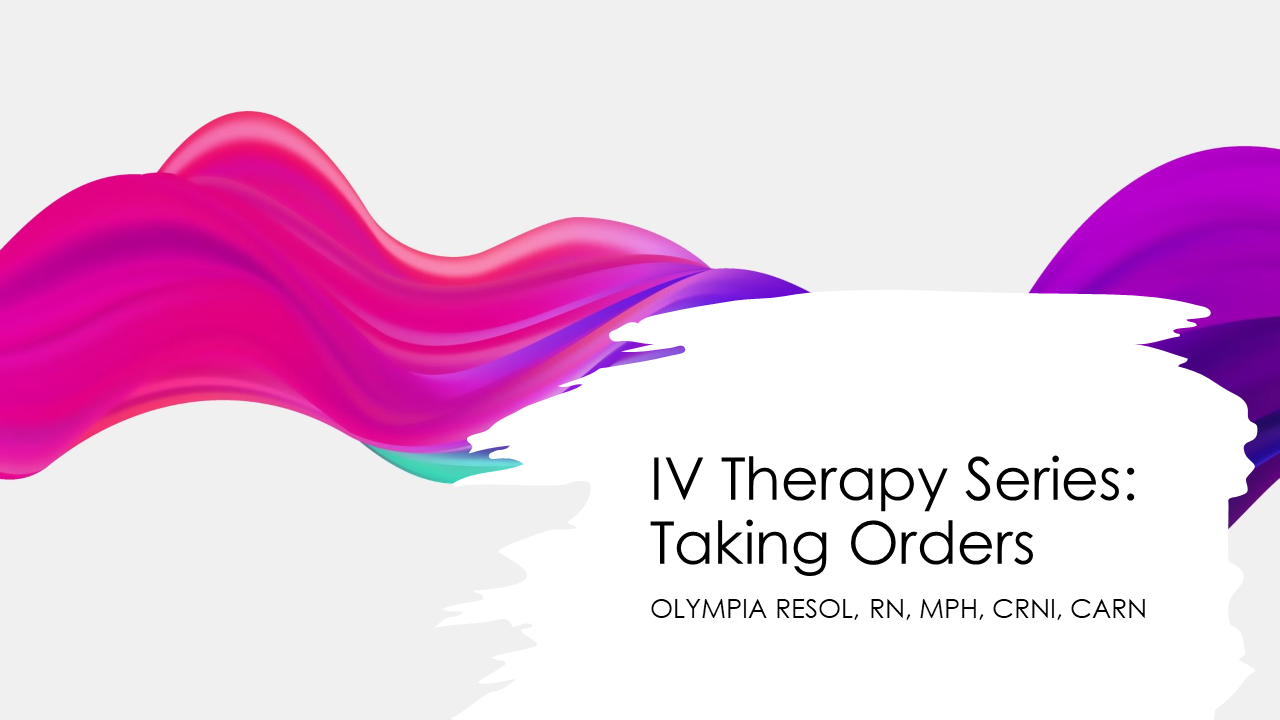
ONE survey question ONLY @ the end
At the end of the course, the student should be able to:
- Identify the most common reasons for IV therapy;
- Determine who can give IV therapy orders;
- Particularize what are included in an IV therapy order;
- Understand the guidelines related to intravenous therapy;
- Ascertain the two main types of venous access;
- And lastly, the student should get acquainted with health information technology (HIT) integration in IV therapy.
View More
Online Hospital Fire Safety
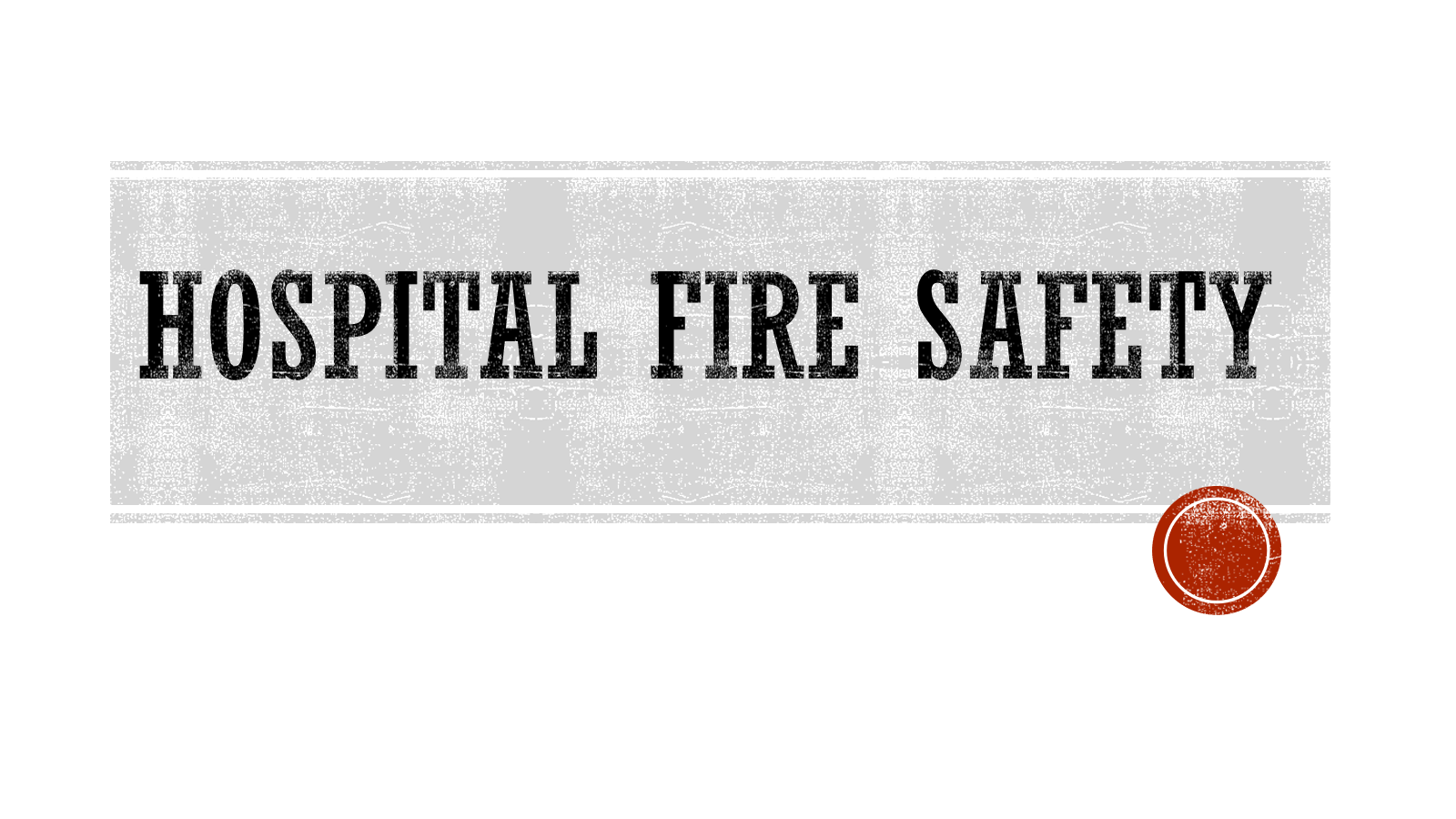
ONE survey question ONLY @ the end
Hospital Fire & Safety Course is designed for Los Angeles healthcare staff who may be confronted with an unexpected emergency involving environments found in major hospitals, skilled nursing facilities, retirement homes, etc.
View More
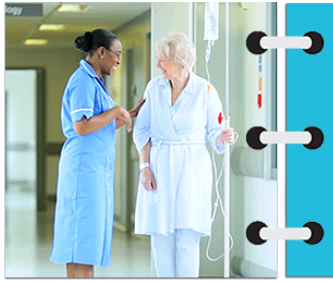
Additional Information
-
Bundle Course
-
50.00
-
30.00 hours
-
No Certificate issued upon course completion
Payment Method Available
-
Stripe
-
PayPal

